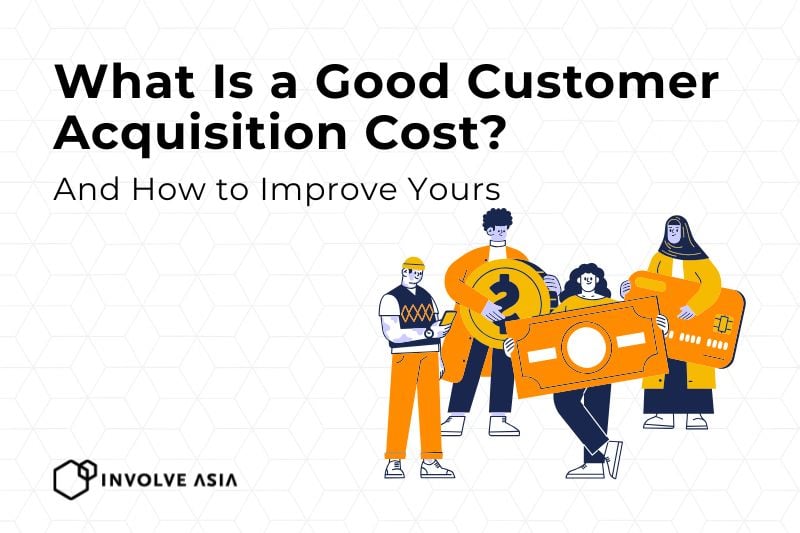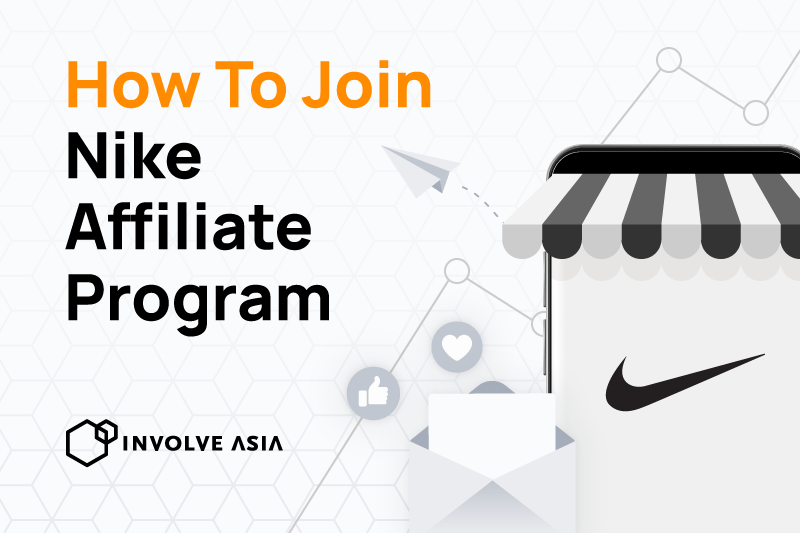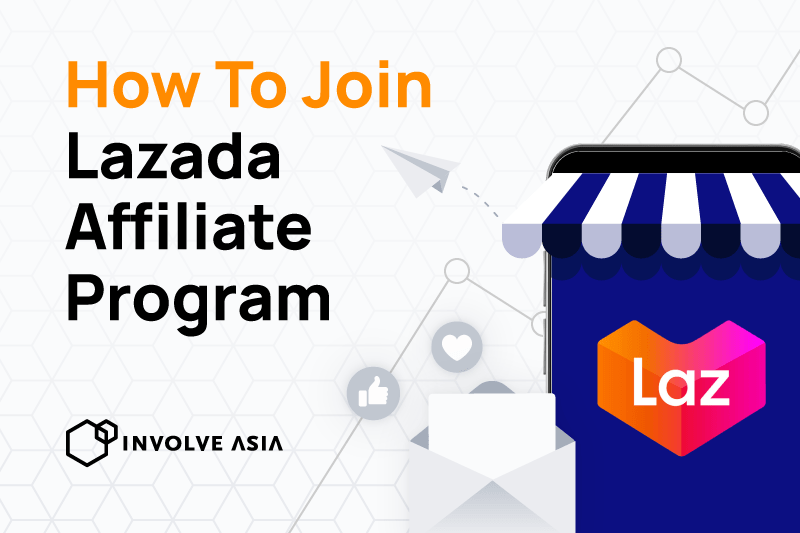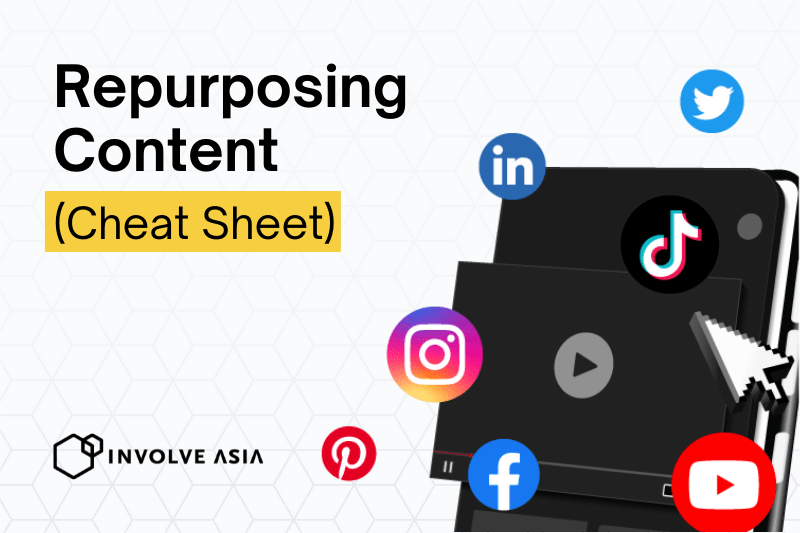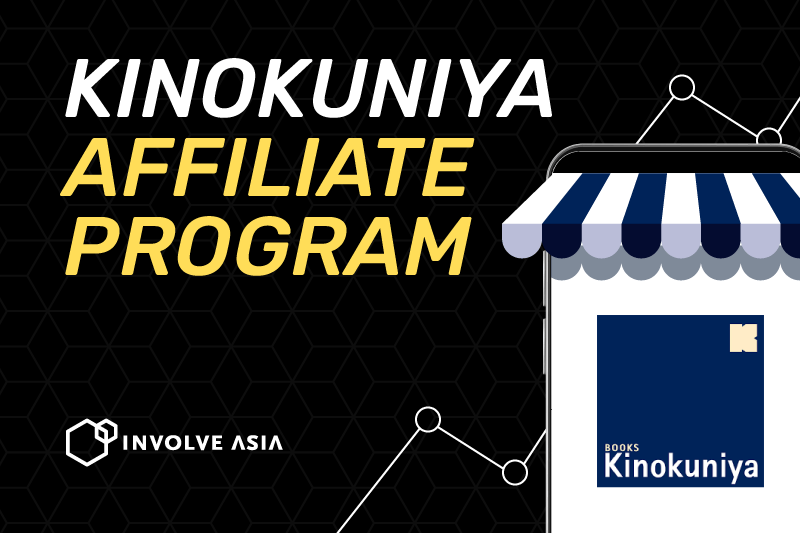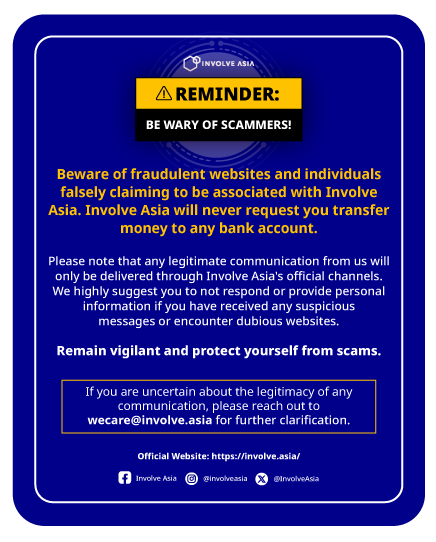You can have all the website traffic in the world, but if you’re spending more to get a customer than they’re worth to your business, it’s like filling a bucket with holes.
That’s why understanding and managing your Customer Acquisition Cost (CAC) is critical — no matter your industry, product, or size.
Let’s break down what is a good Customer Acquisition Cost — and how you can make yours better.
What Exactly is Customer Acquisition Cost (CAC)?
Customer Acquisition Cost is the total amount you spend to acquire one new customer. It’s all your sales and marketing costs divided by the number of customers gained over a specific time.
Simple math, but with big implications.
Why CAC Isn’t Just a “Marketing Metric”
It’s a health check for your business model. If your CAC is too high, growth becomes unsustainable, even if your revenue looks good on the surface.
In short: High CAC eats your profits.
How Do You Calculate CAC?
The Basic Customer Acquisition Cost (CAC) Formula
Here’s the easy version:
CAC = Total Sales and Marketing Expenses ÷ Number of New Customers
If you spend $10,000 to get 100 customers, your CAC is $100.
Real-World CAC Calculation Example
Imagine you’re running a mid-sized eCommerce store:
- Paid Ads: $5,000
- Content creation: $2,000
- Sales team salaries: $3,000
That’s $10,000 total. If you acquire 200 customers, your CAC = $50.
What is Considered a “Good” Customer Acquisition Cost?
If your product’s lifetime value is $1,500, a $400 CAC is fantastic.
But if your LTV is only $100, even a $30 CAC might be too high.
It’s all about how much you make back from that customer – and this differs for every business!
How CAC and Customer Lifetime Value (LTV) Are Linked
The Golden Ratio: LTV to CAC
Most experts recommend an LTV:CAC ratio of at least 3:1.
That means your customer should generate three times more revenue than the cost it takes for you to acquire them.
Examples of Healthy LTV:CAC Ratios
- Spend $100 to acquire a customer who brings $300 in revenue = Good
- Spend $100 to acquire a customer who brings $120 = Danger Zone
3 Factors That Influence Your CAC
Market Competition
The more saturated your market, the more you’ll need to spend to stand out.
Sales Cycle Length
Longer buying cycles (especially in B2B) often mean higher CAC because nurturing leads takes time and money.
Marketing Efficiency
Better targeting = lower CAC. Random ads = higher CAC.
3 Warning Signs Your CAC is Too High
Common Red Flags to Watch For
- Your cost per acquisition keeps rising
- You’re burning cash to sustain growth
- Profit margins are getting squeezed thin
What Happens if You Ignore It
Without fixing high CAC, businesses often face:
- Runaway ad spend
- Declining profitability
- Burnout trying to “grow faster”
How to Lower Your Customer Acquisition Cost
Focus on Retention, Not Just Acquisition
It’s much cheaper to get a repeat sale than a new one. Loyalty programs, great customer service, and strong branding pay off.
Improve Targeting and Messaging
Refining your audience and making your ads speak directly to their needs can slice your CAC dramatically. This also helps with reducing cart abandonment rate.
Simplify the Customer Journey
Confusing websites or too many steps = abandoned carts = wasted ad dollars. Make buying smooth and simple.
How Conversion Booster Helps Optimize Your CAC
Smarter Way to Re-Engage Interested Visitors
Instead of spending to attract cold audiences, Conversion Booster helps you reconnect with visitors who already showed interest — saving you major ad costs.
Only Pay for Results, Not Clicks
No budget wasted on impressions or random clicks. You only pay when actual sales or conversions happen — giving your CAC a major boost!
Ready to make your customer acquisition smarter, cheaper, and more profitable?
👉 Get started with Conversion Booster now—and start seeing the difference!
Real Examples: Brands That Improved Their CAC with Smart Tactics
E-Commerce Example
After using Conversion Booster, one online fashion brand cut their CAC by 28%, simply by targeting past browsers who abandoned carts.
SaaS Company Example
A startup lowered CAC by 34% after fine-tuning their onboarding and using Conversion Booster’s smarter ad placements.
Conclusion
In today’s world, it’s not about throwing more money at ads. It’s about working smarter.
If you know your numbers — especially your CAC — you can scale faster, grow profits, and stay ahead of competitors who are burning cash blindly.
Frequently Asked Questions (FAQs)
What is a good customer acquisition cost percentage?
A good customer acquisition cost (CAC) percentage is typically less than 30% of a customer’s lifetime value (LTV). This means if your average customer brings in $300 in revenue over their lifetime, your CAC should ideally be under $100. Keeping your CAC at a reasonable percentage ensures your business remains profitable while still growing.
The lower the CAC-to-LTV ratio, the healthier your business model. For SaaS and subscription-based businesses, a common benchmark is a 3:1 LTV to CAC ratio, meaning for every $1 spent to acquire a customer, you earn $3 back. If your CAC percentage is too high, it could indicate inefficiencies in your marketing funnel or that you’re targeting the wrong audience. Monitoring and optimizing your CAC helps ensure sustainable growth and better return on investment (ROI) across your acquisition channels.
What is an acceptable cost per acquisition?
An acceptable cost per acquisition (CPA) varies by industry, business model, and customer lifetime value (LTV), but in general, your CPA should be low enough that you’re still making a healthy profit from each customer. For example, in eCommerce, a good CPA might be between $10 and $50, depending on your product’s average order value. For software or subscription-based services, a CPA of $100–$300 could be acceptable if the customer provides recurring revenue.
The key is to calculate how much a customer is worth to your business and ensure your acquisition cost stays well below that. A common goal is to keep your CPA at 20–30% of LTV. Regularly reviewing campaign performance and optimizing your marketing channels (SEO, paid ads, affiliate programs) can help keep your CPA in check and maximize your return on investment.
What is the best customer acquisition cost?
The best customer acquisition cost (CAC) is one that allows your business to acquire new customers profitably and scale sustainably. There’s no universal “best” CAC dollar amount—it depends on your industry, pricing, and how much revenue each customer brings over their lifetime (LTV). However, most businesses aim for an LTV to CAC ratio of at least 3:1. This means if your average customer is worth $300, spending $100 to acquire them is considered ideal.
Lower CAC is always better, but not at the cost of quality leads. An extremely low CAC might mean you’re targeting the wrong audience or not investing enough in scalable growth. The best CAC strikes a balance: it brings in high-quality customers at a cost that allows for healthy margins, reinvestment in marketing, and business expansion.
What is considered a good CAC?
A good customer acquisition cost (CAC) is one that aligns with your business model and keeps your LTV to CAC ratio above 3:1. In simple terms, for every $1 spent to gain a new customer, you should ideally earn at least $3 back over time. For example, if your customer typically brings in $300 in revenue, a CAC under $100 is considered strong. What’s “good” also depends on your industry—CAC in B2B or SaaS tends to be higher than in eCommerce or consumer apps.
A good CAC also reflects efficient use of your marketing budget, strong targeting, and high conversion rates. If your CAC is too high, it may be time to reassess your ad spend, sales process, or customer targeting. Tracking CAC regularly ensures you’re growing profitably and not spending more to acquire customers than what they’re worth.
